Building the Reservoir
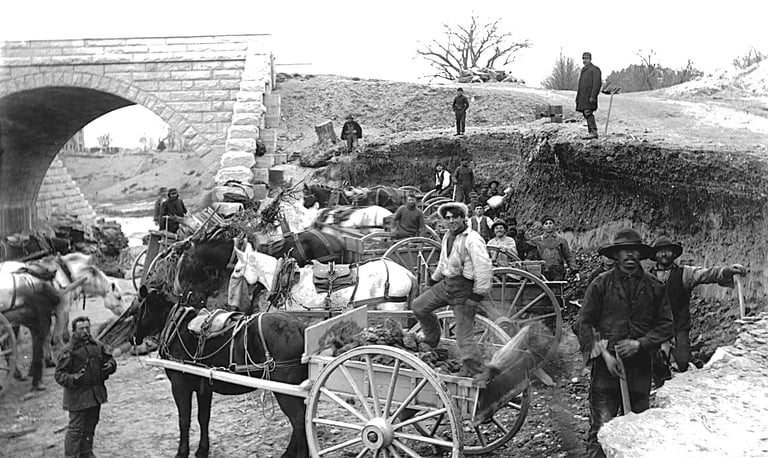


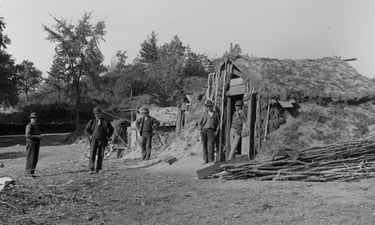
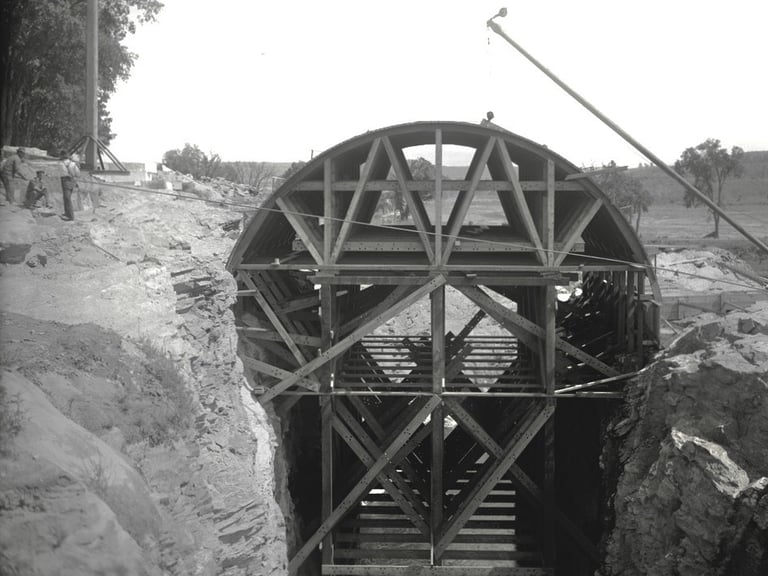


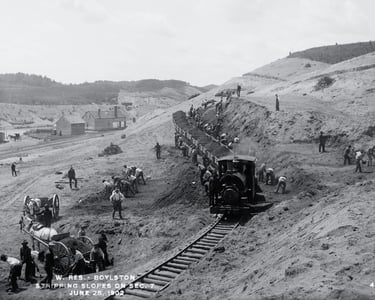

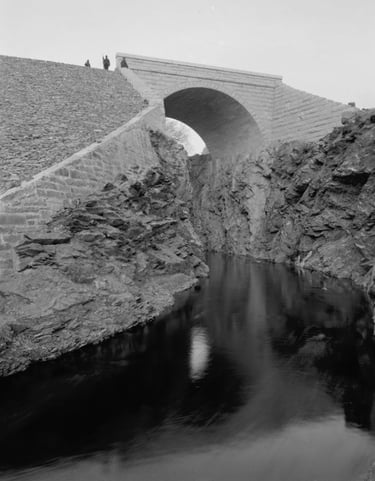
Construction of the arch
Italian Laborers Camp
Transporting rocks by pony cart
Enduring The Losses
The town's center and almost all the industry were to be destroyed to create the Wachusett Reservoir to provide water for the growing city of Boston. The towns of Boylston, Clinton and Sterling all took losses as well, but not the economic and personal losses West Boylston withstood losing the very center of town.
Fortunately the upper common (current town center), would not be flooded, so there was a place to recreate a town center. Many people sold to the state, but were able to stay in their homes as tenants. Some residents had their houses moved, pulled slowly along the roads by horses and oxen. Others were compensated for the loss and built new. Because of the loss of the mills, many of the French-Canadians and Irish workers left town and returned home. In 1896 there were 484 dwellings in West Boylston, in 1907, only 250 remained.
The building of the reservoir was a major engineering feat, the largest project of its time in the world. The work was done largely by manpower assisted with steam trains built to move material. Though local laborers were solicited, most of the workers were imported from Italy and spoke no English. Because of this, they weren't aware of the laws or lifestyle in a small New England town, creating challenges for residents. The Italian workers were offered housing, but preferred to stay off site in shanties of their own making, perhaps to have a bit more freedom and privacy. Conditions there were primitive. Many of those who came stayed on to become important members of the West Boylston community.
The work of creating the reservoir was grueling. It was largely dug by hand, with manpower and shovels. The dirt was first loaded onto pony carts. then the pony cart was directed to where it could be dumped into dump cars which were transported by steam engine across the base of the reservoir with tracks that were laid for that purpose. The dump cars were designed to tip sideways so the dirt could be emptied and used as fill in Clinton for the construction of the dam.
The topsoil and all of the trees above the water level were scraped off to protect the quality of the water. White pines were planted along the shore by the work crews to replace the lost trees.
It took a decade until the Wachusett Reservoir was finished. No longer the industrial mill town it once was. West Boylston has grown in population and renewed vitality into a lovely residential community enhanced by the beauty of the tree-bordered Wachusett Reservoir.
Moving On
Much of the population, including most of the laborers left town when the reservoir was completed. The population dwindled from 2,968 in 1895, to 1,500 in 1908. In the end, the total cost of construction of the reservoir including payment for property lost was $40,467,408, far more than expected.
Oakdale
The village of Oakdale contained within West Boylston was on the fringe of the reservoir and only the first few blocks of streets were lost, The rest remains very little changed since it was developed in the mid 1800s, a picturesque village of Greek Revival houses. Sawyers General Store is just one of the buildings that was just far enough outside the reservoir border to be saved. Today, the building houses Watermark Antiques. In 1996, the Oakdale Village Historic District was listed in the Registry of Historic Places.
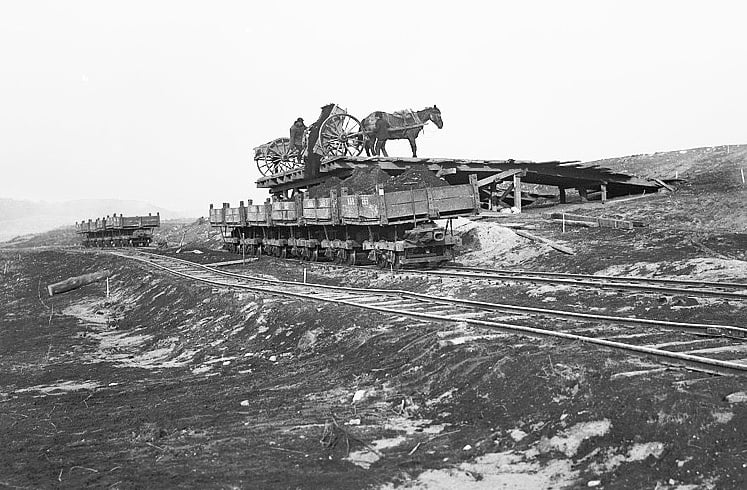

The dumping station
Hauling away the dirt in dump cars
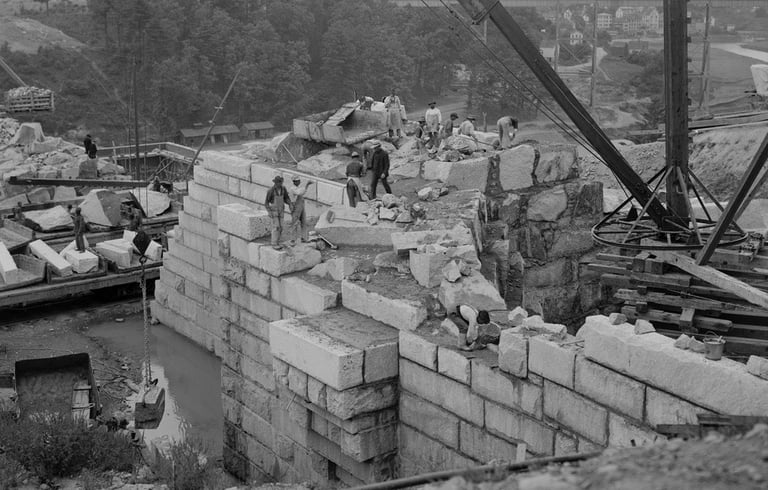

Building the Wachusett Dam
West Boylston Historical Society
PO Box 201
65 West Boylston St.
West Boylston, MA 01583
